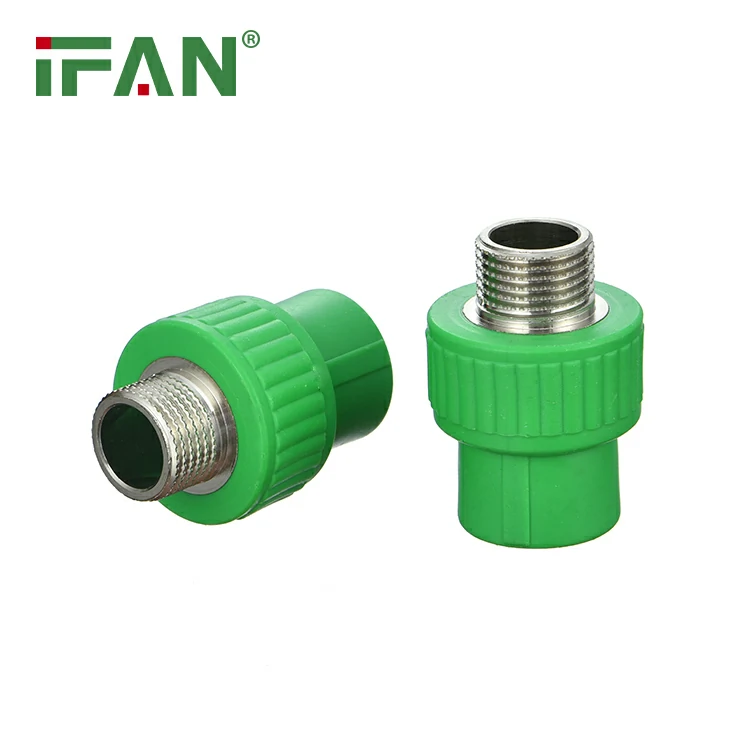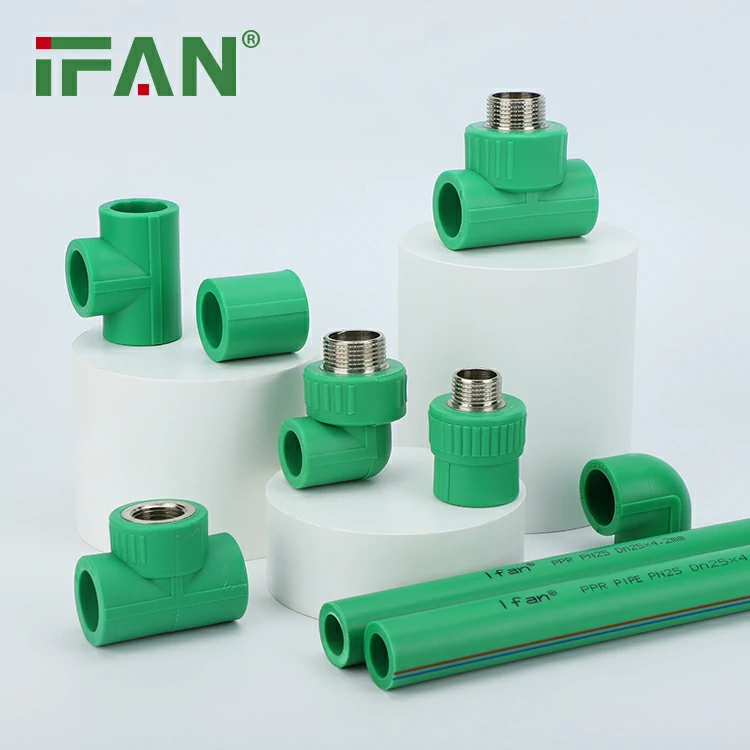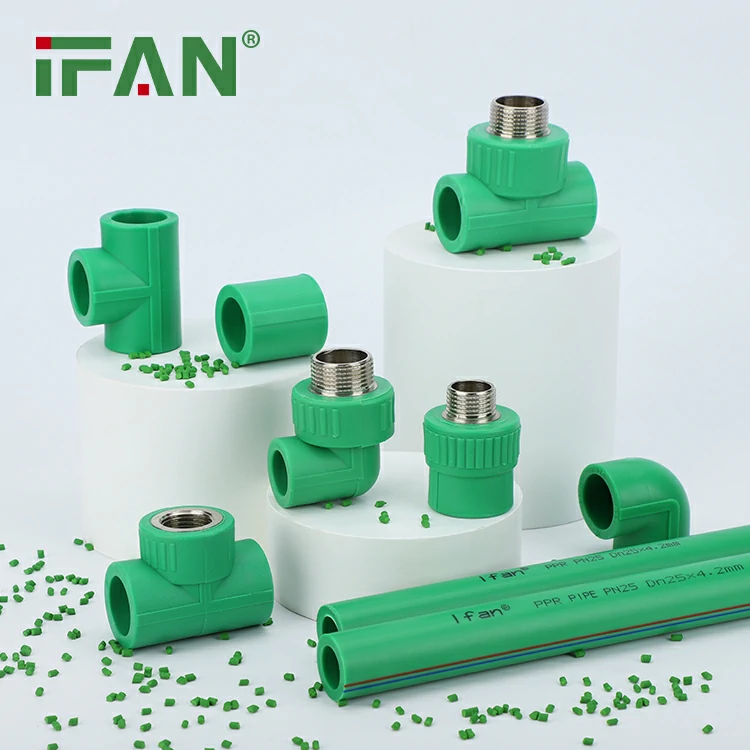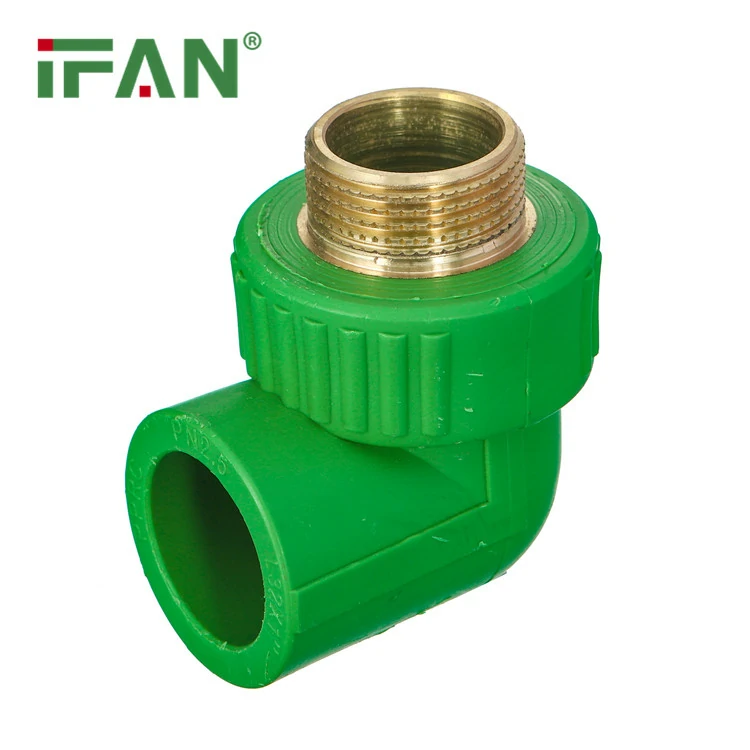What are PPR Pipe Fittings: A Comprehensive Overview
PPR (Polypropylene Random) pipe fittings are essential components used in plumbing systems. They are designed to connect PPR pipes and create a reliable and efficient water distribution network. Let’s explore the different types of PPR pipe fittings and their functionalities.
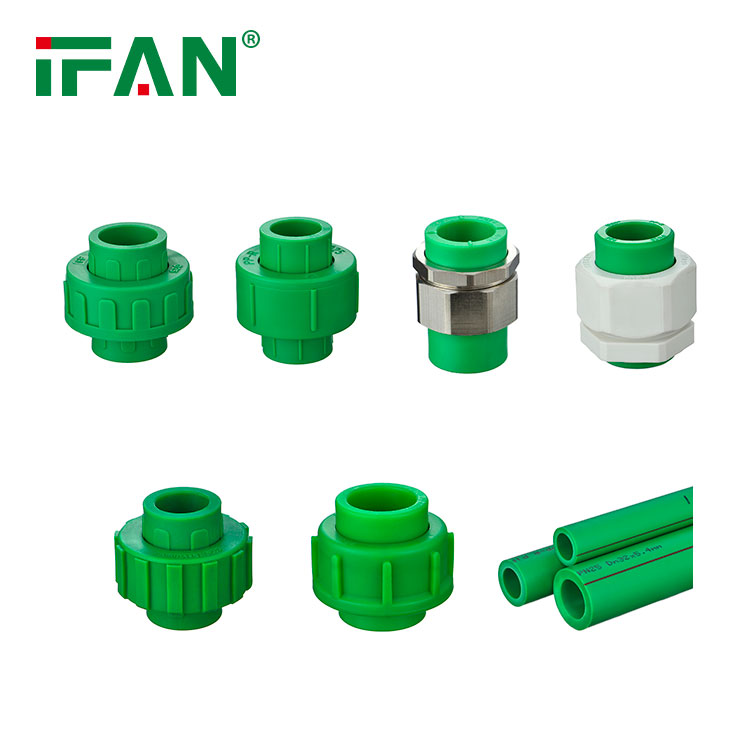
Types of PPR Pipe Fittings
- PPR Couplings: Couplings are used to connect two PPR pipes of the same diameter. They provide a secure and leak-proof joint, ensuring efficient water flow without any wastage.
- PPR Elbows: Elbows are used to change the direction of PPR pipes. Available in various angles, these fittings allow for smooth navigation around corners and obstacles, ensuring optimal water flow.
- PPR Tees: Tees are used for branching connections in plumbing systems. They allow the integration of three PPR pipes at right angles, facilitating the distribution of water to different outlets.
- PPR Reducers: Reducers are used to connect PPR pipes of different diameters. They provide a seamless transition, maintaining efficient fluid conveyance throughout the plumbing system.
- PPR Caps and Plugs: Caps and plugs are used to seal the ends of PPR pipes, preventing water leakage and ensuring the integrity of the system. They are commonly used during system maintenance or when certain outlets are not in use.
- PPR Valves: Valves allow for the control of water flow and pressure in the plumbing system. They enable users to regulate the amount of water consumed, minimizing wastage and promoting water conservation.
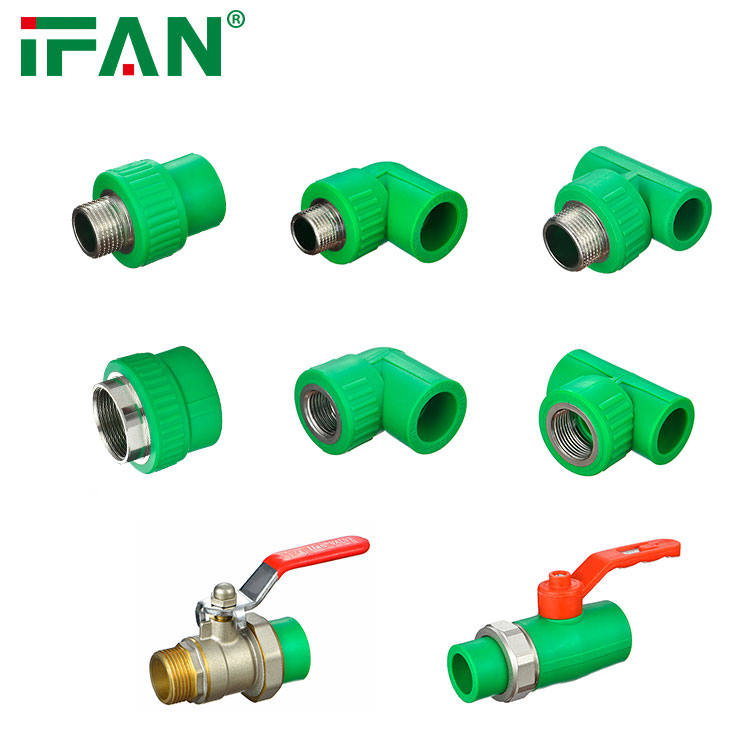
Functionality and Benefits of PPR Pipe Fittings
- Durable and Long-Lasting: PPR pipe fittings are known for their durability and long service life. They are resistant to corrosion, scale build-up, and chemical reactions, ensuring the integrity of the plumbing system over time.
- Leak-Proof Joints: The joints created by PPR pipe fittings are leak-proof, minimizing water wastage and preventing damage to the surrounding infrastructure. This efficiency promotes cost savings and sustainable water usage.
- Easy Installation: PPR pipe fittings are lightweight and easy to install. They can be connected using heat fusion or mechanical joints, reducing installation time and labor costs.
- Excellent Thermal Insulation: PPR pipe fittings offer excellent thermal insulation properties, minimizing heat loss in hot water systems. This results in energy savings and increased overall system efficiency.
- Chemical Resistance: PPR pipe fittings are resistant to chemicals commonly found in plumbing systems, ensuring the longevity and reliability of the system. They are suitable for both residential and industrial applications.
- Hygienic and Safe: PPR pipe fittings are non-toxic and do not release harmful substances into the water supply. They are also resistant to bacterial growth, ensuring clean and safe water for consumption.
- Versatile Applications: PPR pipe fittings are suitable for various applications, including residential, commercial, and industrial plumbing systems. They can handle both cold and hot water, making them versatile and adaptable to different requirements.
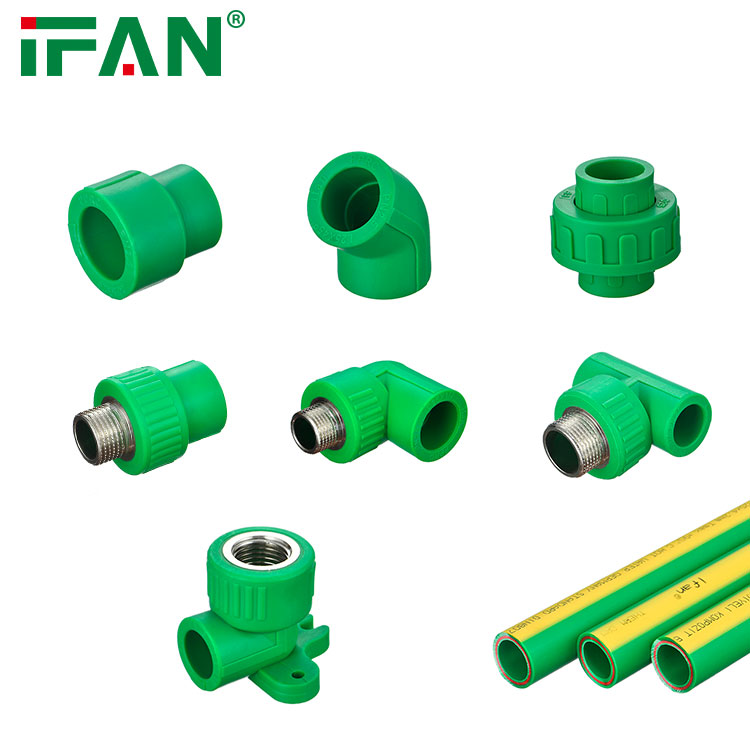
In summary, PPR pipe fittings are essential components in plumbing systems that provide secure connections, efficient water distribution, and long-lasting performance. With various types available, including couplings, elbows, tees, reducers, caps, plugs, and valves, PPR pipe fittings offer durability, leak-proof joints, easy installation, chemical resistance, thermal insulation, and versatility. These fittings contribute to the overall efficiency, reliability, and sustainability of plumbing systems in a wide range of applications.

